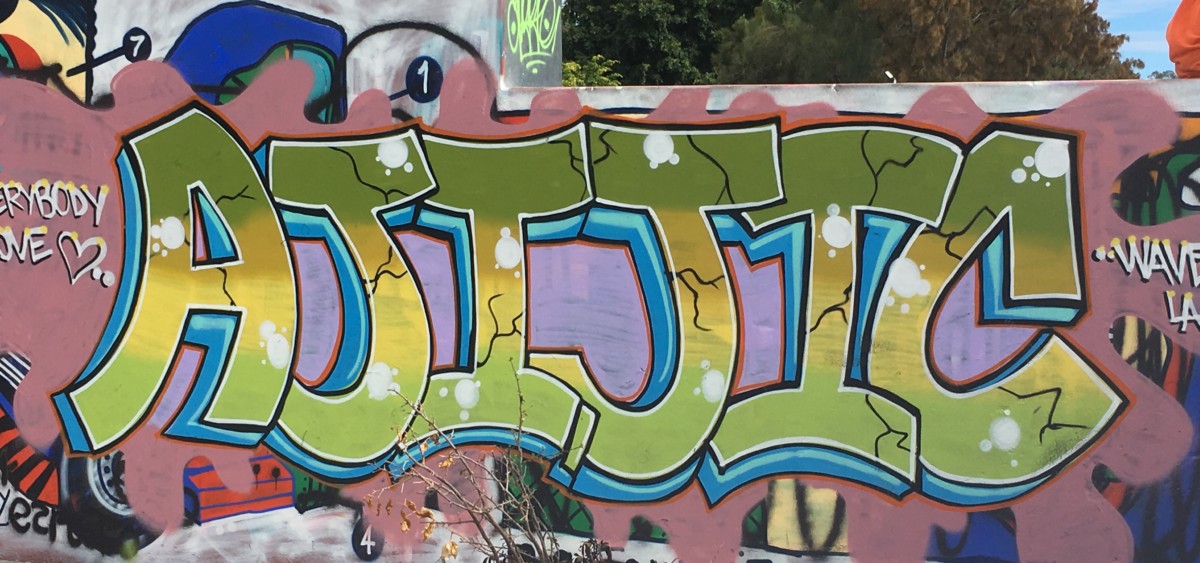I was telling a neighbor about my blog lately & he asked-Have you talked about the crappy parts of Mexico yet? Beto is a local who spent most of his adult life in Iowa and returned to Ajijic two years ago with his US wife. Go figure. So, let’s talk trash.
When we came here January 2018 my biggest impression was – this place is filthy. No thanks. At a meeting we went to last year a woman visiting from Illinois stood up and asked how everyone could put up with the trash and dog poop on the streets. The speaker told her that it was sooo much better than it used to be and it continues to improve. I thought she was gutsy to ask about the white elephant in the room. Ajijic gringos were insulted by her question.

Today there are a growing number of trash receptacles on the village streets and the carretera (the main street that connects the lake villages). There are people who volunteer in their neighborhoods to pick up trash. There are fewer feral dogs so less dog poop. Though there are no machines that sweep the streets, there are a few locals and shop keepers who do. After any of the numerous street festivals there are always piles of garbage bags stacked on corners, some neatly, some not so much. They disappear in a few days and life moves on. Trash is right out there – part of life.

In January a ban on the use of plastic bags in retail shops took effect. In some shops you can buy a bag for your purchase. But mostly you’re encouraged to bring your own. A smile and a “Bueno!” is the usual response from shopkeepers when you do. It is rare now to see a plastic bag floating down the street with the wind. Progress.

Recycling programs have begun for plastic and cardboard. Deep blue wire bins on short poles can be seen in the village now – not west where we live yet. But slightly west of us is a small cardboard recycling facility. Vendors of mushrooms, yogurt, berries, and eggs at the Tuesday market are happy to take and reuse their containers and the local kombucha producer will give you 5 pesos off your next order if you return your bottle.

One thing of note is that the local people seem to use and reuse items until they fall apart. It is not a “throw away” society in the same way as the US. That being said, I’m amazed at the number of plastic items sold in some of the stores like Walmart – yes, Walmart, the biggest local employer – and what we call the dollar store. There are even a couple of tiendas plasticos, stores selling only plastic items. And an annual festival that includes numerous vendors of everything plastic. Like anywhere, some items are useful, some fall apart in a week. By the way, Walmart provides their employees who don’t speak English (and few do) with tablets loaded with Google Translate to use with gringo customers. Smart.
There is a lot of building going on here and little motivation to clean up along the way. Mexican home and land owners stockpile bricks (handmade) and tiles and anything else that has to do with building, stacked in yards and fields. Rectangular poles of rebar protrude from rooftops, waiting for owners to have enough money to build the next level. This is a cash economy. There are no building loans. Nothing is wasted.
There are other aspects to the “crappy side” of Mexico. Yes, there’s crime. And, no, the police aren’t always helpful. That’s the first thing most folks outside Mexico ask about. At this point I’d have to say that we are vigilant, but not frightened. We live in a mixed neighborhood, in a modest house, and we don’t flash money, jewelry, or electronics around. We don’t walk around with our noses in the air and we do our best to interact with and show a genuine interest in local residents. We recognize that we’re guests in this country and we are grateful for the ease of life it offers us.
Mexico is “quirky”, as Ben says. Building codes are nonexistent and workmanship is often mediocre, sometimes even shoddy. Internet is slow most days and doing anything about it takes persistence and fortitude. Things like no hot water from your kitchen faucet and having a tub that’s put in backwards get old, but they aren’t earth shattering. Weekend traffic is horrendous with Guadalajarans “invading” to escape the city. One way street directions are rarely marked. Some Mexican homes have no drainage systems so wash water is thrown into the dirt and cobblestone streets, creating widening potholes. Trucks meander through streets blasting ads for goods, alternating with Mexican music. Dogs bark intermittently but persistently day and night. Frequent festivals bring loud music, fireworks and bonfires in the streets at all hours of the day and night. Ear plugs are mandatory.
There is dust and mildew and smoke from fields being burned before the next planting. There are ants and mosquitos and, my favorite, cockroaches. And ways to deal with it all. We knew about these things ahead of time. But the lure of a slower pace, a lower cost of living, and the opportunity to learn a new language and culture outweighed everything. We’ve been here four months now. Perhaps our patience will grow thin (constructions starts on the place next door soon) or perhaps our patience and tolerance will grow as we learn even more about letting go and living with ease.






